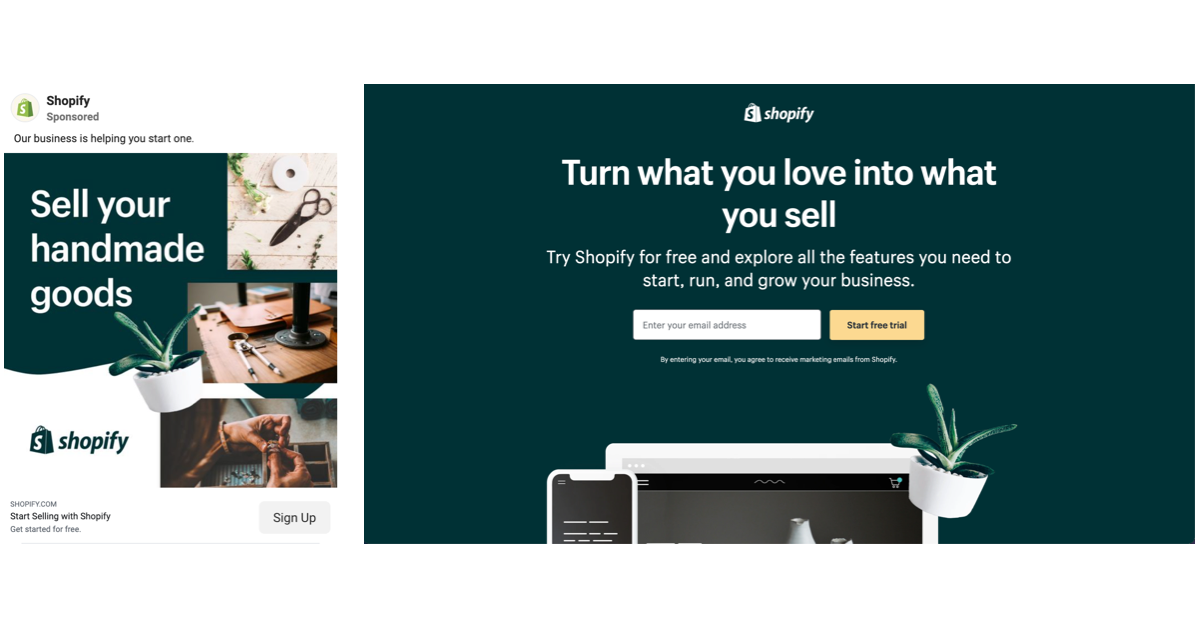marketing
Social Media Ads
Written on 10 October 2021
Throughout my six years as a marketer, I focused mainly on organic growth.
Content marketing. Social media marketing. Product marketing.
I developed a bias for organic marketing. And I tend to resist paid marketing because I think being reliant on ads is not sustainable and not profitable, especially if you have venture-funded competitors.
But a good friend convinced me to think differently. He said ads are a tool, like every other marketing channel. And there are times when ads are appropriate.
I now feel a little silly for avoiding this tool in my toolbox. Continuing the analogy, there are times for different tools. There are also times when multiple tools are required.
So I decided to research social media ads. Here are some of my learnings on creating effective ads. I hope you find them useful.
1. Clear, prominent headline on the creative
There are thousands of social media posts on everyone's feed. For an ad to be effective, we first need to grab people's attention as they scroll through their feed. Once they scroll past our ad, it doesn't matter how amazing our ad copy or creative is.
One technique I learned is to feature a prominent headline on the creative that speaks to the audience. It stands out from all the other text. And with the relevant copy, we can grab our target audience's attention.
For the ads below, words like "brand", "compensation", and "CPL" would get the attention of entrepreneurs, managers, and marketers respectively.

2. Dark background with white words
Another way to stand out in the feed seems to be using strong colors, as seen above. Ads with a dark solid color background and light bolded words tend to be more obvious.

3. 1000 x 1000 square creative
Also, with most people browsing social media on their phones, square creatives take up more real estate of the phone screen. It seems possible to use portrait creatives, which occupy even more space on the phone screen.
When the ad takes up almost the entire screen, there's a higher chance that people would read the ad headline (assuming the ad is relevant to them).

4. Relevant image or illustration
While this might be obvious, it can be hard for software companies. Almost every B2B company would feature someone or a group of people with their laptops. Another option is to use illustrations or simplified product user interfaces.

5. Custom landing page with matching copy
When people read your ad headline and click on the ad, they would expect something similar on the landing page. The hero copy of the landing page does not need to be exactly the same as the ad headline but it should not be too different.
Otherwise, people would think it's irrelevant and close the page quickly. You lose a potential customer, and this can also affect your ad quality or relevance score, leading to more expensive ads.
We are currently using Unbounce for our custom landing pages.

6. Facebook pixel
Finally, if you are running ads for conversions, you would want to install a Facebook pixel on your website.
The Facebook pixel allows Facebook to know which ad visitors signed up for your product so that it can more accurately show your ads to similar people. You will also get more data, such as cost per action, to measure the effectiveness of your ads.
I'm sure there are a lot more about social media ads that I have not learned. For example, I'm keen to understand how I can improve my ad targeting. If you have any advice for me, let me know. Thank you!